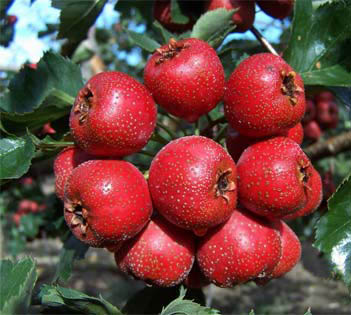Guangchang Edible Mushroom Industry successfully realizes Green Transformation
Industrial sawdust, bamboo shavings, straw after agricultural production, lotus seed hulls, cottonseed hulls, and pruned branches of fruit trees, which seem to be of little value, have been skillfully picked by farmers in Guangchang. Now it has become a substitute for the cultivation of edible fungi. In recent years, Guangchang County, Fuzhou, Jiangxi Province adheres to the concept of green development, takes the road of resource conservation and recycling, minimizes the consumption of forest resources, and realizes the green transformation of edible fungus industry. The cultivation of edible fungi, especially Pleurotus ostreatus, is a new pillar industry to enrich the people in Guangchang County in recent years. In the past, due to the lack of standardization and innovation, the edible mushroom industry relied on broad-leaved trees as raw materials from production to processing for a long time, resulting in a large consumption of forest resources. In order to reverse this phenomenon, Guangchang County comprehensively implemented the logging ban project to guide the development of edible mushroom industry from the mountain to the mountain, while strengthening scientific and technological innovation and optimizing the distribution of varieties. More than 10 new strains of Pleurotus ostreatus, Pleurotus eryngii, Flammulina velutipes, Pleurotus ostreatus, straw mushroom and Coprinus comatus were developed with industrial sawdust, bamboo chips and rice straw, lotus seed shell, cottonseed shell and fruit tree branches as substitutes. Today, more than 200 edible mushroom production bases have emerged in the county, such as Flammulina velutipes and Flammulina velutipes, with a planting scale of more than 100 million barrels (bags). 14000 farmers in the county have participated in planting, and non-woody fungi have become the "main force" of mushroom cultivation. The green transformation of the edible mushroom industry has also greatly boomed the local mushroom processing, sales, printing, packaging, sorting and other related markets, driving more than 20,000 people to solve the problem of employment and entrepreneurship.
- Prev

Developing Hawthorn planting to become Rich people in Beiyang Village, Jiangxian County
Developing Hawthorn planting to become Rich people in Beiyang Village, Jiangxian County
- Next

Small watermelon was successfully cultivated in alpine areas.
Small watermelon was successfully cultivated in alpine areas.
Related
- A course of planting techniques and methods on how to grow carrots
- How to plant the latest tulips?
- Is it better to pick tea in the morning or in the afternoon? When is the best time for tea to be picked? what is the third or fifth tea?
- Launch Yuanxiao Happy combination Haocha + Tea Yuan healthy Taste
- Penghu Tourism "Fireworks 20 Parade with You"
- 2022 West Lake Happiness holds "Digital Revitalization Voucher" and draws iphone13 and laptop.
- Banqiao Fuzhou social houses are designed to change start-up combined with police elimination to create a safe and livable environment
- The convenient measure of "mechanical weeding" in Xinbei has been abused and the Agriculture Bureau has imposed heavy penalties on the illegal land consolidation.
- Changgeng University Joins Hands with Four Memory Factories to Rescue Memory Talent Shortage
- The list of Taiwan's top 100 MVP managers is listed by the Director-General of the Farmers' Association of Sanxia District.

